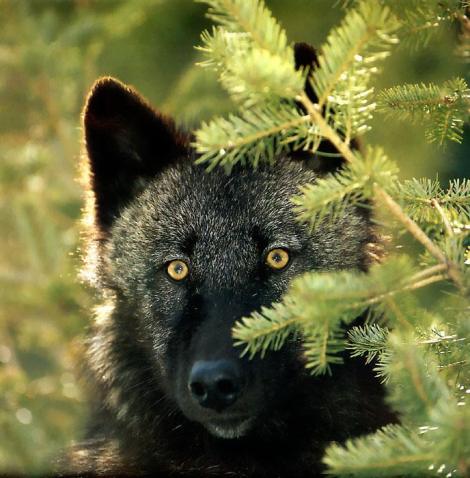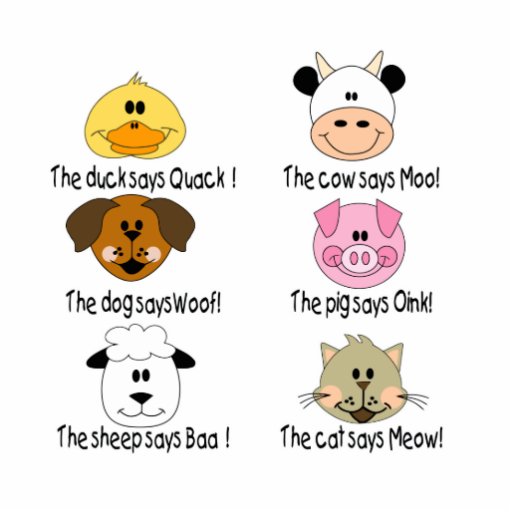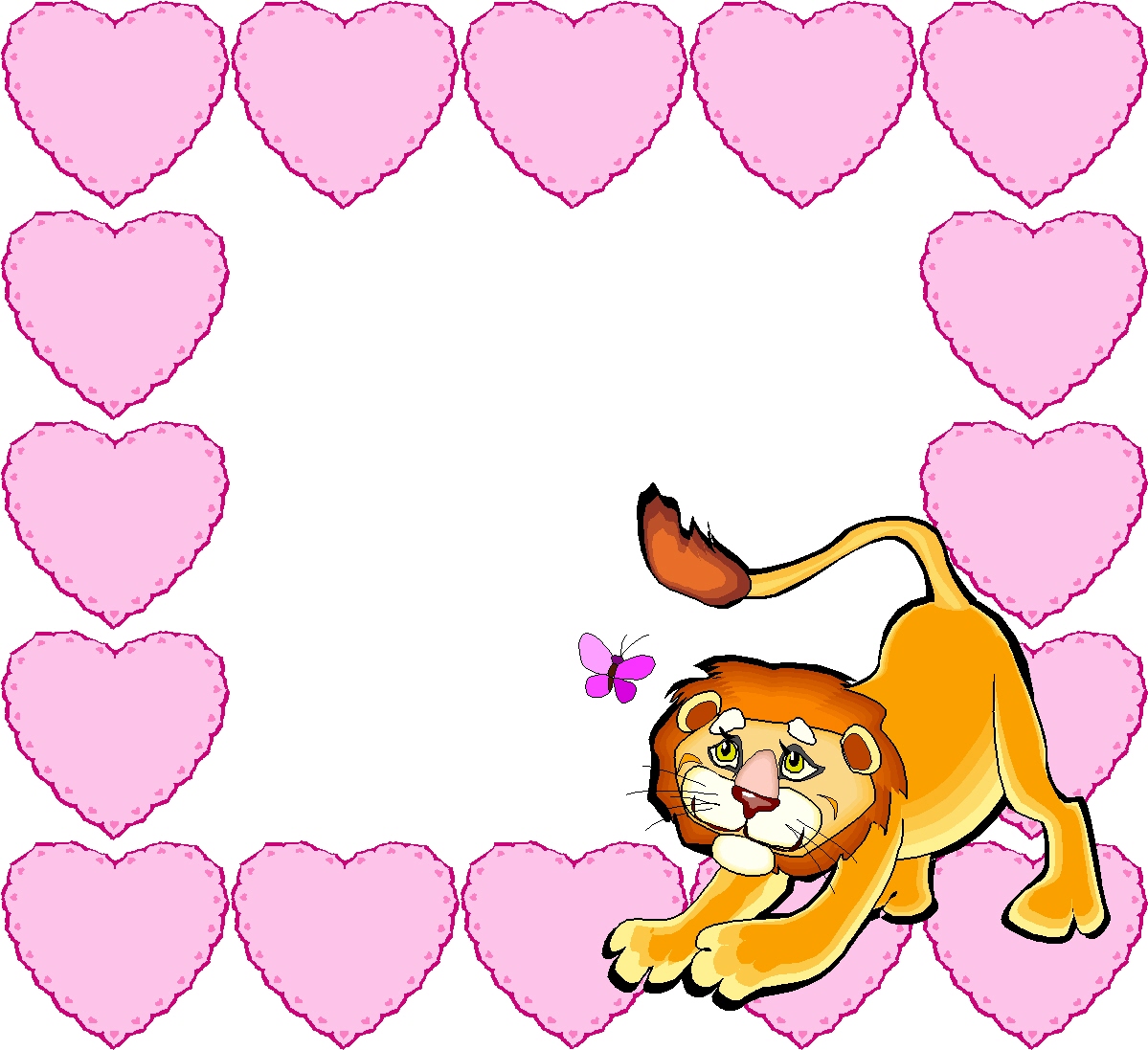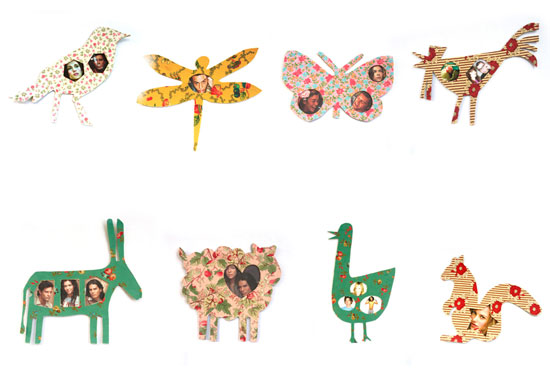Animal Pictures For Children Biography
Of these four adorable animals, born in the first few weeks of 2014, three are from endangered species.An estimated 27,000 species are lost every year to extinction, according to biologist Edward O. Wilson. For endangered species, these new births are a special reason to celebrate.
Photo of a baby Rothschild's giraffe at the Opelzoo in Germany.
Photograph by Frank Rumpenhorst, dpa/AP
Wir gratulieren. Baby Katja was born on January 2 in Kronberg, Germany.
Rothschild Giraffe
Name: Katja
Sex: Female
Birthdate: January 2
Place of Birth: Opel-Zoo
City: Kronberg, Germany
Katja, born at Germany's Opel-Zoo, is the newest addition to the shrinking population of Rothschild giraffes (Giraffa camelopardalis rothschildi), which are also known as Baringo or Ugandan giraffes.
The giraffes are found in Uganda and west-central Kenya but no longer roam in Sudan. Rothschild giraffes were named after famous British zoologist and naturalist Lord Walter Rothschild, who originally described them on an African expedition in the early 1900s.
Rothschild giraffes are easily distinguishable from other giraffes because they have five horns instead of two. They also have less defined coloration on their coat than the reticulated giraffe and paler coloration than the Masai giraffe.
According to the Giraffe Conservation Foundation, there are only 670 of these giraffes left in the wild, with another roughly 450 in captivity. The Rothschild and reticulated giraffe are two of the most common giraffe species seen in zoos today.
Photo of a male grey seal pup born at the Brookfield Zoo on New Years.
Photograph by Jim Schulz, Chicago Zoological Society/Rex Features/AP
This gray seal pup is gaining an average of three to five pounds a day.
Gray Seal Pup
Name: Unnamed
Sex: Male
Birthday: January 1
Place of Birth: Brookfield Zoo
City: Chicago, Illinois, United States
This unnamed baby gray seal pup is the first of its species born at the Brookfield Zoo. Brookfield now has six gray seals—the most in any North American institution.
This baby animal isn't endangered, but his species is still threatened in the wild. Threatened species are protected by conservation organizations such as the World Wildlife Federation (WWF).
Gray seals (Halichoerus grypus), also known as the Atlantic gray seal and the horsehead seal, are listed as "of least concern" on the International Union for Conservation of Nature's Red List of threatened species.
There are an estimated 290,000-300,000 gray seals in the world, with several populations reported as increasing over the past few years. The sea mammals can be found in three different areas of the Northern Hemisphere: along the coast of Newfoundland, between the Faroe Islands and northwestern Russia, and in the Baltic Sea.
Photo of baby Coquerel's sifaka lemur clinging to his mother.
Photograph by Mike Owyang, Sacramento Zoo
Coquerel's sifakas, like this one born on January 5, can live up to 30 years in the wild.
Coquerel's Sifaka Lemur
Name: Unnamed
Sex: Male
Birthday: January 5
Place of Birth: Sacramento Zoo
City: Sacramento, California, United States
The Sacramento Zoo's Coquerel's sifaka lemur (Propithecus coquereli) was born into a diminishing population of the sociable primates.
Coquerel's sifaka lemurs are native to the dry deciduous forests of Madagascar's southern desert. The herbivores can live up to 30 years in the wild. (Read more about sifakas here.)
According to the Sacramento Zoo, there are an estimated 10,000 Coquerel's living in Madagascar. There are only 59 in captivity.
Photo of Baby zebra at San Diego Zoo.
Photograph by Ken Bohn, San Diego Zoo Safari Park
Grevy's zebras, like baby Tanu, are born with a unique set of stripes.
Grevy's Zebra
Name: Tanu
Sex: Male
Birthday: January 3
Place of Birth: San Diego Zoo
City: San Diego, California, United States
Tanu is the fifth baby for mother Bakavu. He's also the 140th Grevy's zebra born at San Diego Zoo Safari Park. The Grevy's zebra (Equus grevyi), also known as the imperial zebra, is the largest species in the Equidae, or horse, family.
An estimated 2,250 of these zebras are left in the wild. The population of Grevy's zebras in northern Kenya recently suffered from an anthrax outbreak in 2005. Unvaccinated animals, such as cattle, spread the disease to local Grevy's zebras, common zebras, giraffes, and donkeys. According to the African Wildlife Foundation, there are half as many of these zebras today as there were just 20 years ago.
Mei Xiang cradles Bao Bao on September 5, 2013, at Smithsonian's National Zoo in Washington, D.C.
PHOTOGRAPH BY AP/ SMITHSONIAN'S NATIONAL ZOO
Christine Dell'Amore
National Geographic
Published January 17, 2014
Stop the panda presses—Bao Bao the baby giant panda will make her public debut at the Smithsonian's National Zoo in Washington, D.C., on January 18.
Born August 23, 2013, to zoo pandas Tian Tian and Mei Xiang, the reportedly curious cub was named Bao Bao—which means "precious" or "treasure" in Mandarin-by popular vote in December.
Photo of newborn panda, Bao Bao, getting her first exam.
PHOTOGRAPH BY COURTNEY JANNEY, AP/ SMITHSONIAN'S NATIONAL ZOO
The panda cub's first exam on August 23, 2013, revealed that she is in perfect health.
If the addictive Panda Cam is any indication, plenty of animal lovers will line up this weekend to see the black-and-white ball of fur up close. Which brings up the question: Why do we like cute baby animals so much? (Also see "Is Breeding Pandas in Captivity Worth It?")
The leading theory is simple: Their features remind us of human babies, said Simon Rego, director of Psychology Training at Montefiore Medical Center/Albert Einstein College of Medicine in New York, in a phone interview.
It turns out that the animals we find cute have characteristics similar to those of infants of our own species: a large head; rounded, soft, and elastic features; big eyes relative to the face; protruding cheeks and forehead; and fuzziness. Kittens and puppies fit this bill, as well as, of course, pandas. (See National Geographic pictures of cute animals.)
Photo of panda cub Bao Bao getting an exam.
PHOTOGRAPH BY BILL CLEMENTS, AP/ SMITHSONIAN'S NATIONAL ZOO
At her October 11, 2013, exam, Bao Bao's eyes were partially open, and she was alert to sounds.
Research over several decades has shown that across cultures and races, people consistently point to these same features as being adorable, Rego noted.
Scientists believe this consistency has its roots in our evolution: We're hardwired to respond to human babies with a nurturing reaction. They're helpless beings, and that makes us want to scoop them up and protect them, he said. (Go behind the scenes at a baby photo shoot.)
That impulse in itself evolved because human babies need round-the-clock care from adults in order to survive. The instinct is ingrained in both sexes and even in childless strangers: If someone sees a baby abandoned in a ditch, whether or not they're the parent, they will likely feel an urge to rescue it, he said.
Photo of panda cub Bao Bao being carried by an animal keeper.
PHOTOGRAPH BY MATT MCCLAIN, THE WASHINGTON POST/ GETTY
Animal keeper Marty Dearie gives Bao Bao a lift on January 7, 2014.
Cute Obsession
This prewired reaction to babies is so powerful, in fact, that it spills over to other species that have the same traits—explaining our obsession with cute creatures.
"The minute we see a face with these features—big eyes, round cheeks—boom, it activates this reaction," Rego said.
He cited a few examples of this in popular culture: In Japanese comics known as manga, artists draw characters with big, weepy eyes when they want to depict sympathy. Subconsciously, they're reminding us of babies and triggering our nurturing instinct. (See "Cute Pictures: Baby Olinguito Found in Colombia.")
Photo of giant panda cub, Bao Bao in her enclosure.
PHOTOGRAPH BY MATT MCCLAIN, WASHINGTON POST/ GETTY
Bao Bao explores an enclosure at a media shoot on January 6, 2014.
Also, there's a reason why zoos and marine parks worldwide see healthy sales of baby stuffed animals in their gift shops, Rego said. The toys are irresistible, making us want to hug and protect them.
"Quite Wonderful" Instinct
Does the fact that adorable animals trigger our baby instinct signal a glitch in our evolutionary machinery?
Photo of giant panda cub Bao Bao playing with a ball.
PHOTOGRAPH BY CHARLES DHARAPAK, AP
The four-and-a-half-month-old cub chases a ball on January 7, 2014.
In a Darwinian, survival-of-the-fittest way, yes—it would drain our resources and time to look after every cute critter we come across, Rego said.
But from a compassionate perspective, "it's actually quite wonderful to take care of and protect things that aren't human.
"One might consider it part of our capacity to love."
Photo of giant panda cub Bao Bao playing with her mother.
PHOTOGRAPH BY MATT MCCLAIN, THE WASHINGTON POST/GETTY
Mother Mei Xiang plays with her cub on January 7, 2014.
Visitors can view Bao Bao from 8 a.m. to 4:30 p.m. from January 18 through January 20. To avoid overcrowding, small groups will be allowed into the panda house on a first-come, first-served basis. For more details visit the National Zoo's giant panda page.
Animal Pictures For Children Animal Pictures for Kids with Captions to Color funny Hd To Print with Funny Captions with Quotes to Draw
Animal Pictures For Children Animal Pictures for Kids with Captions to Color funny Hd To Print with Funny Captions with Quotes to Draw
Animal Pictures For Children Animal Pictures for Kids with Captions to Color funny Hd To Print with Funny Captions with Quotes to Draw
Animal Pictures For Children Animal Pictures for Kids with Captions to Color funny Hd To Print with Funny Captions with Quotes to Draw
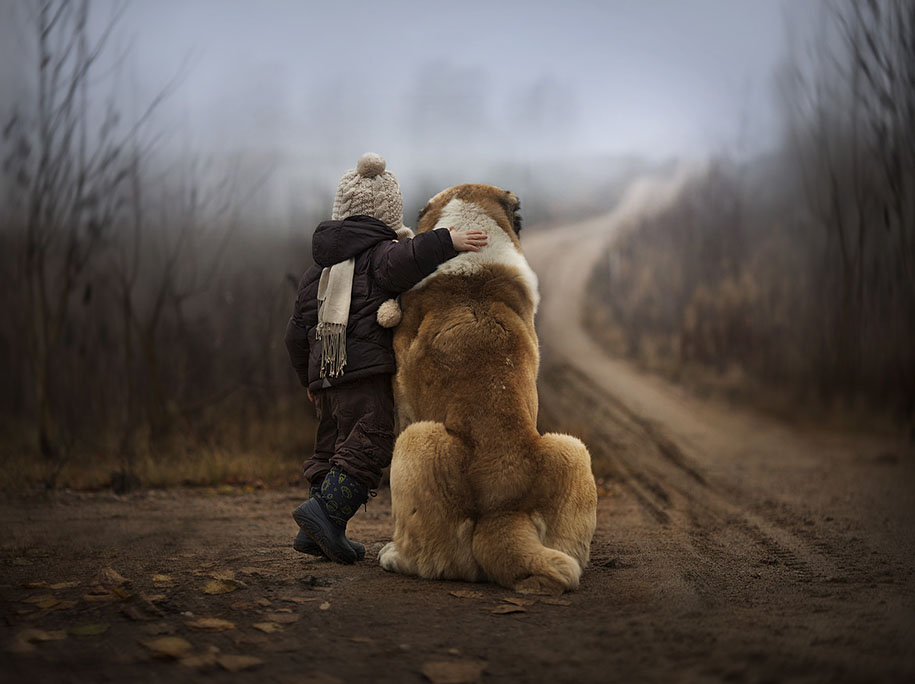
Animal Pictures For Children Animal Pictures for Kids with Captions to Color funny Hd To Print with Funny Captions with Quotes to Draw

Animal Pictures For Children Animal Pictures for Kids with Captions to Color funny Hd To Print with Funny Captions with Quotes to Draw

Animal Pictures For Children Animal Pictures for Kids with Captions to Color funny Hd To Print with Funny Captions with Quotes to Draw
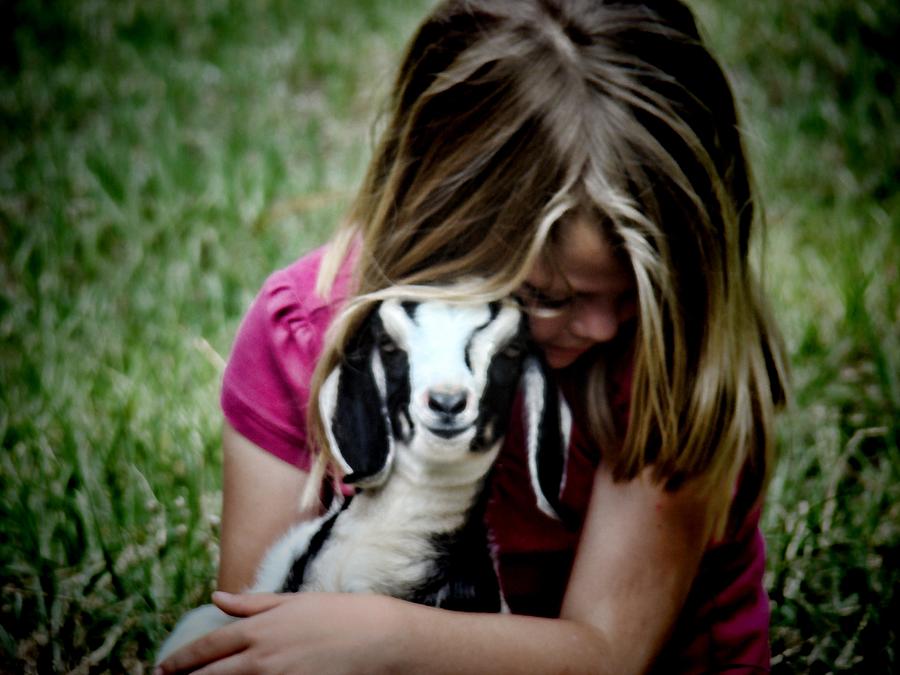
Animal Pictures For Children Animal Pictures for Kids with Captions to Color funny Hd To Print with Funny Captions with Quotes to Draw

Animal Pictures For Children Animal Pictures for Kids with Captions to Color funny Hd To Print with Funny Captions with Quotes to Draw

Animal Pictures For Children Animal Pictures for Kids with Captions to Color funny Hd To Print with Funny Captions with Quotes to Draw



















